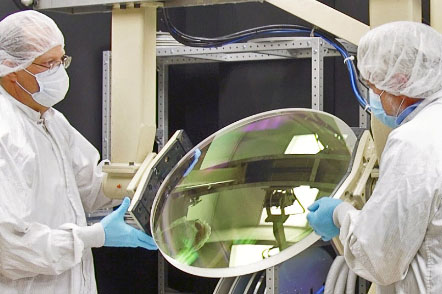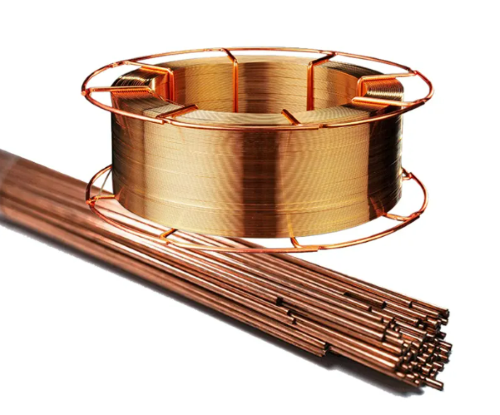Tantalum: Properties and Applications
Tantalum's Corrosion Resistance
Tantalum is an ideal choice for applications requiring high corrosion resistance. This platinum-gray metal, with a density of 16.6 g/cm³ (twice as dense as steel), is known for its exceptional durability. Tantalum is widely used to manufacture heat exchangers in the construction sector, charge carriers for furnace construction, medical implants, and capacitor components for the electronics industry. Its corrosion resistance makes it invaluable in numerous chemical applications.

Thermal and Electrical Conductor Properties
Tantalum is highly ductile at elevated temperatures, extremely hard, and an excellent thermal and electrical conductor. With a melting point of 2,996°C—the fourth highest among all metals—it exhibits remarkable thermal stability. Though not a noble metal, tantalum demonstrates comparable chemical resistance. Moreover, its body-centered cubic crystal structure allows for easy processing even at temperatures well below room temperature.
Thanks to these unique properties, tantalum is indispensable in a wide range of industries:
- Medical Technology: Tantalum’s biocompatibility makes it suitable for medical implants, radiographic contrast agents, and bone replacement materials.
- Aerospace and Energy: Tantalum enhances corrosion resistance in alloys used for turbine blades.
- Chemical Industry: Its resistance to corrosion and high temperatures is vital for reactor coatings, heat exchangers, and pipelines.
- Electronics: Tantalum’s thin oxide coating provides a protective layer, making it the preferred material for producing small, high-quality capacitors.

Advanced Material Properties
Tantalum’s fine microstructure enables the production of ultra-thin wires with exceptional purity for tantalum capacitors. This precision allows control over chemical, electrical, and mechanical properties to meet stringent industrial requirements.
In other applications:
- Tantalum and niobium carbides improve the performance and stability of tool and cutting steels.
- Tantalum oxides are used in optical lenses to enhance refractive indices, enabling thinner lens designs.
Applications in Heat Exchangers
Tantalum’s combination of resistance, formability, and weldability makes it an excellent material for heat exchangers. These components are exceptionally stable and resistant to various aggressive environments, ensuring long-term reliability.



